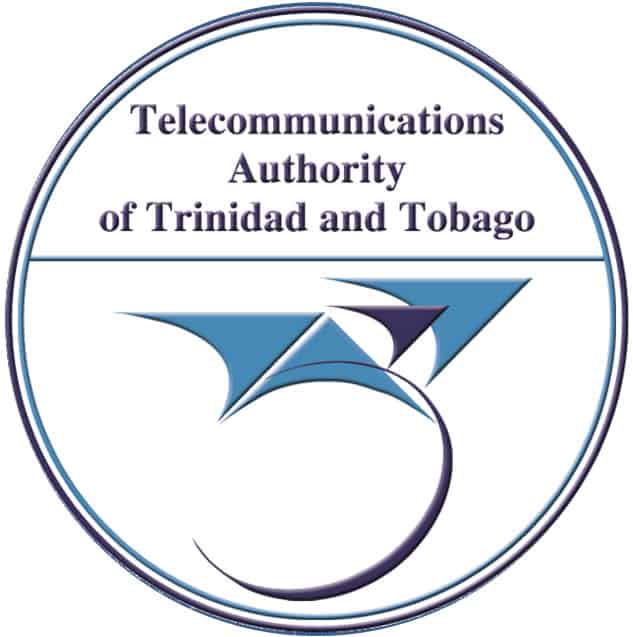
In preparing commentary for BitDepth#1280, Why is TATT buying tablets for students?, I posed the following questions to the Telecommunications Authority about the $15 million purchase announcement and the regulations in the Telecommunications Act that govern the spending related to the Universal Service Fund. While I referenced only some of the responses for my column, the full email exchange is reproduced below for reference.
Q: I note the recent disbursement of devices worth TTD $15,144,975 to the Ministry of Education. Can you advise under which of TATT’s Universal Service Regulations this purchase was authorised?
A: This project qualifies as a mandatory universal service initiative eligible for funding from the USF in accordance with Schedule 3 of the Universal Service Regulations:
Provision of public access modes nodes and other related equipment to basic telecommunications services to be made available at all-
(a) public schools;
(b) public libraries;
(c) hospitals; and health centres;
(d) police stations; and
(e) waiting areas at public transport hubs.
I reference section 28 of the Telecommunications Act, which defines the use of the Universal Service Fund as targeting the provision of services. My understanding is that the Universal Service Fund is to be used to provide Internet service in underserved areas specifically and not as a general resource of assistance to the needy or for the purchase of devices.
A: In April 2020, the MOE stated that nearly one quarter of the estimated 250,000 students in the country (approximately 68,000) did not have devices that will allow them access to the MOE’s learning platform. This means that, as a result of the pandemic, not only was the digital divide increasing as students can no longer access ICT devices and the Internet on a community basis (through schools, libraries, community centres, etc), but so were its effects.
The extenuating circumstances brought on by the COVID-19 pandemic therefore required immediate actions to ensure each student had access to the tools needed to participate in the ‘new online educational system’.
In addition, this project qualifies as a mandatory universal service initiative eligible for funding from the USF as the term “population groups within the access gap” within the Universal Service Regulations is taken to mean such persons or population groups, for whom it is economically challenging to access basic telecommunications services. Under Schedule 1 of the regulations, basic telecommunications services include the provision of Internet services.
Under Schedule 3, titled Mandatory Universal Service Initiatives, the only mention of devices specifically targets assistive technology for the disabled. Can you clarify the terms under which these devices were acquired?
This project qualifies as a mandatory universal service initiative eligible for funding from the USF in accordance with Schedule 3 of the Universal Service Regulations:
Provision of public access modes nodes and other related equipment to basic telecommunications services to be made available at all-
(a) public schools;
(b) public libraries;
(c) hospitals; and health centres;
(d) police stations; and
(e) waiting areas at public transport hubs.
I am also not seeing on TATT’s website any notice of an open tender for the provision of these devices as indicated . Under (26) of the Telecommunications Act, a process and procedure for procurement is outlined. Where are these notifications lodged?
This project qualifies as a mandatory universal service initiative under the Universal Service Regulations.
Note that Universal Service Projects are open only to Concessionaires of the Authority. In this instance, Mobile Network Operators.

